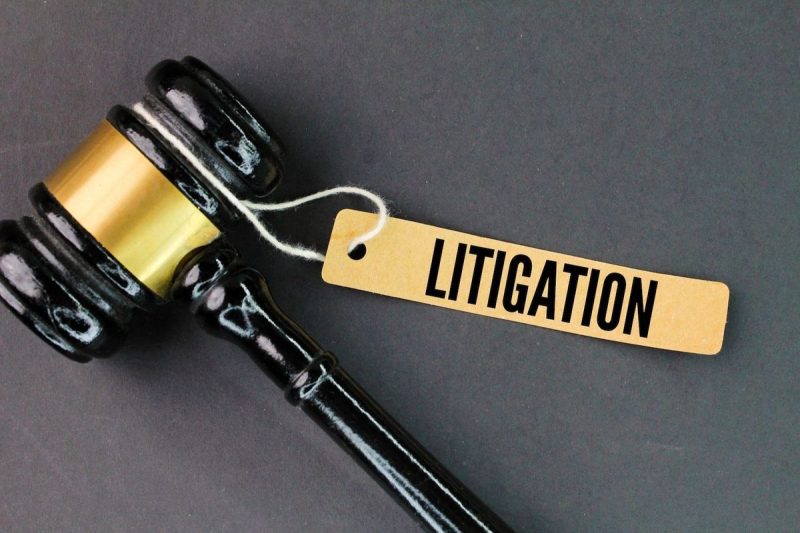Victoria Gold Placed into Receivership after Heap Leach Pad Failure at Eagle Gold Mine
The recent heap leach pad failure at the Eagle Gold Mine has sparked significant repercussions for Victoria Gold Corp, ultimately resulting in the company being placed into receivership. This catastrophic event, occurring in the Yukon Territory, has sent shockwaves through the mining industry and raised important questions regarding operational safety and risk management.
Heap leach pads are a critical component of gold mining operations, responsible for the extraction of gold by applying cyanide solutions to ore. The failure of the pad triggers serious environmental concerns, as cyanide can potentially contaminate soil and water sources if not properly contained. It also highlights the importance of rigorous monitoring and maintenance practices to prevent such disasters.
In response to the crisis, Victoria Gold Corp has been forced into receivership, a legal process in which a receiver is appointed to manage the company’s assets in the best interest of its creditors. This turn of events has generated uncertainty among stakeholders, including employees, investors, and local communities who rely on the mine for economic activity.
The receivership process could involve the sale of assets, restructuring of operations, or even the closure of the Eagle Gold Mine. Such decisions will have far-reaching implications, impacting not only the financial stability of Victoria Gold Corp but also the livelihoods of those connected to the mine.
The heap leach pad failure serves as a stark reminder of the inherent risks and challenges associated with mining operations, particularly in remote and environmentally sensitive areas. It underscores the need for mining companies to adopt stringent safety protocols, invest in infrastructure maintenance, and prioritize environmental stewardship to avoid similar disasters in the future.
Moving forward, the industry must reevaluate its approach to risk management and crisis preparedness to prevent such incidents from occurring again. Collaboration between regulators, industry stakeholders, and local communities is essential to ensure that mining operations are conducted responsibly and sustainably, minimizing the potential for environmental harm and safeguarding the welfare of all involved.
In conclusion, the heap leach pad failure at the Eagle Gold Mine has had profound consequences for Victoria Gold Corp, leading to its receivership and raising critical issues regarding mining safety and environmental protection. This incident serves as a wake-up call for the industry to prioritize risk mitigation, operational transparency, and community engagement to prevent similar disasters and build a more sustainable future for mining activities.




























